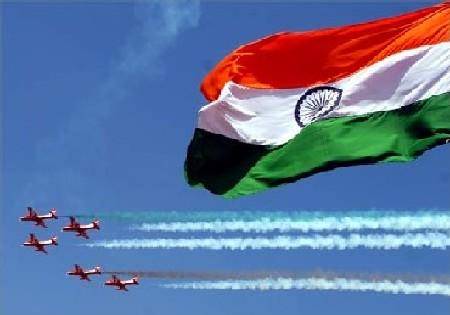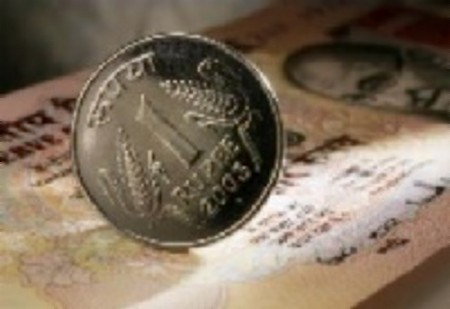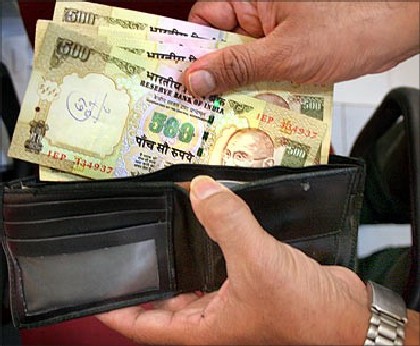 | « Back to article | Print this article |
India growth projection at 7.6% for 2011-12: Citigroup
Maintaining its growth forecast for the Indian economy at 7.6 per cent for 2011-12, financial services major Citigroup on Monday said higher farm output is expected to offset sluggishness in the industrial sector.
"While global developments have taken a turn for the worse, we are maintaining our FY-12 GDP estimate at 7.6 per cent as the favourable monsoon and trends in crop sowing could result in higher agri growth. This would help offset downward revisions to industry and services growth," Citigroup Global Markets said in its 'Asia Macro and Strategy Outlook'.
The 7.6 per cent growth projection is in line with the Reserve Bank's outlook for this fiscal.
Click NEXT to read more...
India growth projection at 7.6% for 2011-12: Citigroup
In its second quarterly review of monetary policy last week, the apex bank had revised downwards its growth projection for the economy to 7.6 per cent from the earlier estimate of 8 per cent on account of global slowdown and high domestic rates of interest.
Citi also said that a deteriorating macro-environment, coupled with aggressive tightening of interest rates, would result in Gross Domestic Product (GDP) growth moderating further to 7.5 per cent in 2012-13.
"While a low exports: GDP ratio, a domestically financed fiscal deficit, and a healthy banking system insulates India to some extent; in times of risk aversion, India immediately comes on the radar due to its twin deficits and reliance on external capital," it said while citing the reasons for the likely fall in economic growth next fiscal.
Click NEXT to read more...
India growth projection at 7.6% for 2011-12: Citigroup
Citi also pointed to high inflation in the economy, along with fiscal constraints. "In effect, if the current environment were to deteriorate sharply, India's response could be less effective than in 2008," the report said.
The Indian economy had expanded by 8.5 per cent in 2010-11. During the April-June period of the current fiscal, economic growth moderated to 7.7 per cent, the lowest in last six quarters.
Growth in industrial production has been sluggish during the last few months' it stood at 4.1 per cent in August. Experts have blamed the repeated rate hikes by the RBI for a slowdown in investments and industrial output.
Click NEXT to read more...
India growth projection at 7.6% for 2011-12: Citigroup
The country's apex bank has hiked its key policy rates 13 times since March 2010 to tame demand and curb inflation.
Headline inflation has been above the 9 per cent mark since December last year.
In its report, Citi said that interest rates "appear to be peaking", even though inflation remains elevated.
India growth projection at 7.6% for 2011-12: Citigroup
"While primary product inflation could remain elevated due to structural factors at play (rising incomes, rural wages and higher support prices of agri crops), we expect the fuel/manufactured product index to come off due to lower commodity prices," Citi said.
The financial services major, however, warned that the Indian economy could face fiscal slippages. "We maintain our view of a fiscal slippage due to both the lower revenues and higher expenditures.
Depending on the timing of the pay-out to oil companies, the headline FY-12 deficit number could come in the 5.1-5.8 per cent as against the budget estimate of 4.6 per cent of GDP," Citi said.




